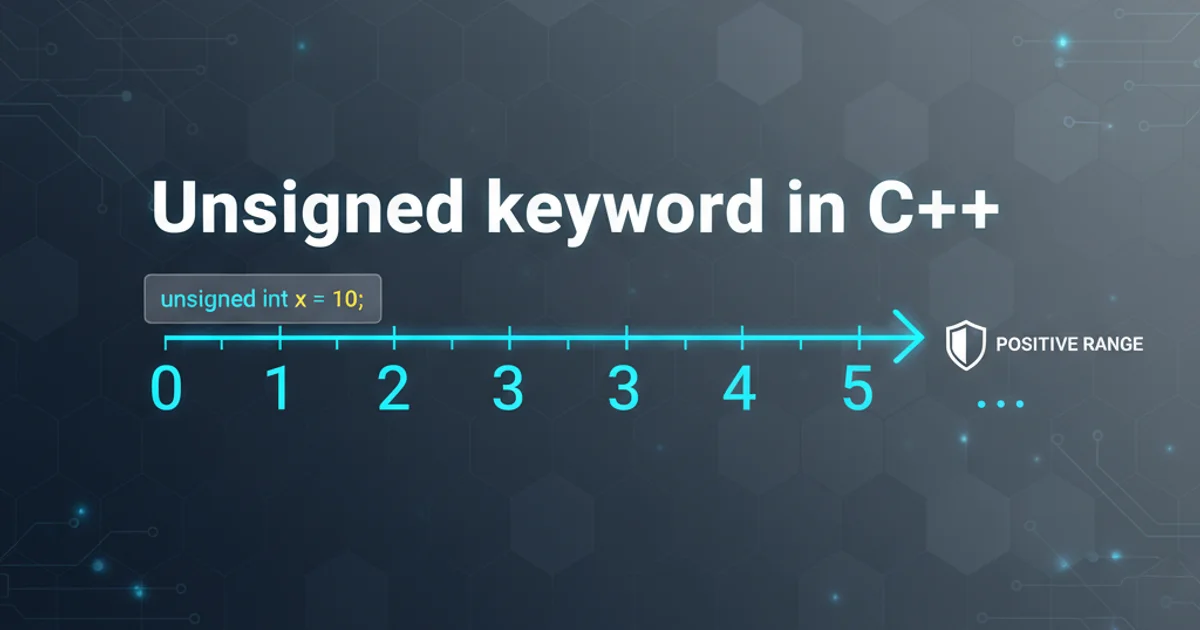How to get the first 2 letters of a string in Python?
Categories:
Extracting the First Two Characters of a String in Python

Learn various Python methods to efficiently retrieve the initial two letters from any string, covering slicing, indexing, and handling edge cases.
Extracting specific parts of a string is a common operation in programming. In Python, strings are sequences, which means you can access individual characters or substrings using various techniques. This article will guide you through the most straightforward and Pythonic ways to get the first two letters of a string, along with considerations for different scenarios like short strings or empty strings.
Method 1: String Slicing (The Most Pythonic Way)
String slicing is the most common and recommended method for extracting substrings in Python. It allows you to specify a start and end index (non-inclusive) to define the portion of the string you want to retrieve. When you omit the start index, it defaults to the beginning of the string (index 0).
my_string = "Hello World"
first_two_letters = my_string[0:2]
print(first_two_letters)
# Shorthand for slicing from the beginning
first_two_letters_shorthand = my_string[:2]
print(first_two_letters_shorthand)
Using string slicing to get the first two characters.
my_string[:2] on a string with only one character), it will return as many characters as available without raising an IndexError.Method 2: Using str.startswith() (For Conditional Checks)
While not directly extracting, str.startswith() is useful if your goal is to check if a string begins with a specific two-character sequence, rather than just extracting them. This method returns a boolean value.
my_string = "Python"
starts_with_py = my_string.startswith("Py")
print(starts_with_py)
my_string_2 = "Java"
starts_with_ja = my_string_2.startswith("Ja")
print(starts_with_ja)
Checking if a string starts with a specific two-character prefix.
Handling Edge Cases: Short or Empty Strings
It's crucial to consider what happens when your string might be shorter than two characters or even empty. String slicing handles this gracefully, but understanding the behavior is important for robust code.
short_string = "A"
print(f"Short string '{short_string}': {short_string[:2]}")
empty_string = ""
print(f"Empty string '{empty_string}': {empty_string[:2]}")
# Using a conditional check for safety
def get_first_two_safe(s):
return s[:2] if len(s) >= 2 else s
print(f"Safe for 'A': {get_first_two_safe('A')}")
print(f"Safe for '': {get_first_two_safe('')}")
print(f"Safe for 'Hello': {get_first_two_safe('Hello')}")
Demonstrating string slicing with short and empty strings, and a safe function.
flowchart TD
A[Start] --> B{Is string length >= 2?}
B -- Yes --> C[Return string[:2]]
B -- No --> D[Return string (or handle as needed)]
C --> E[End]
D --> E[End]Decision flow for safely getting the first two characters of a string.
my_string[0] + my_string[1] will raise an IndexError if the string has fewer than two characters. Always prefer slicing (my_string[:2]) for robustness when the string length is uncertain.